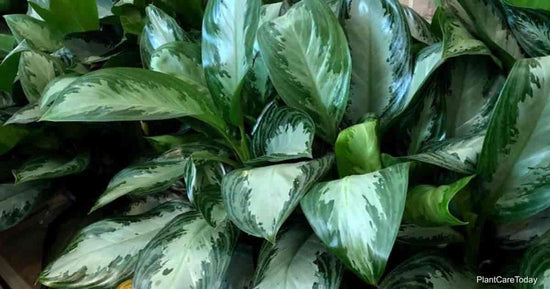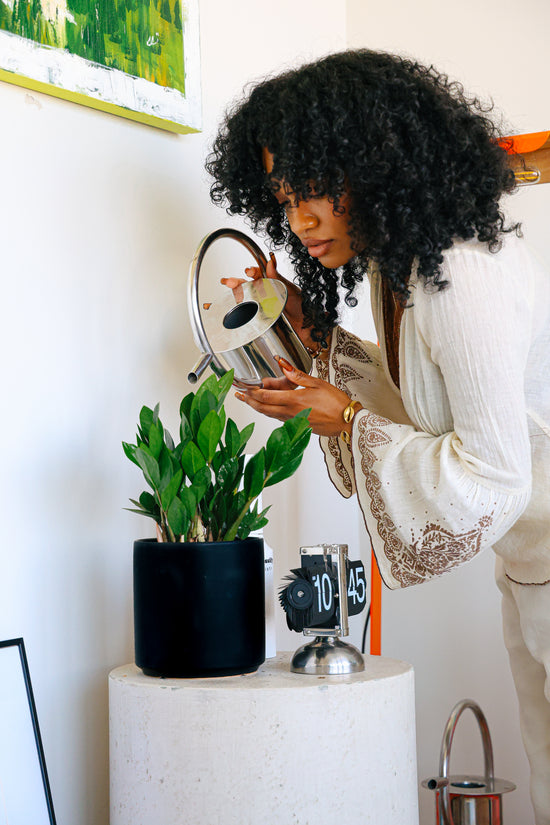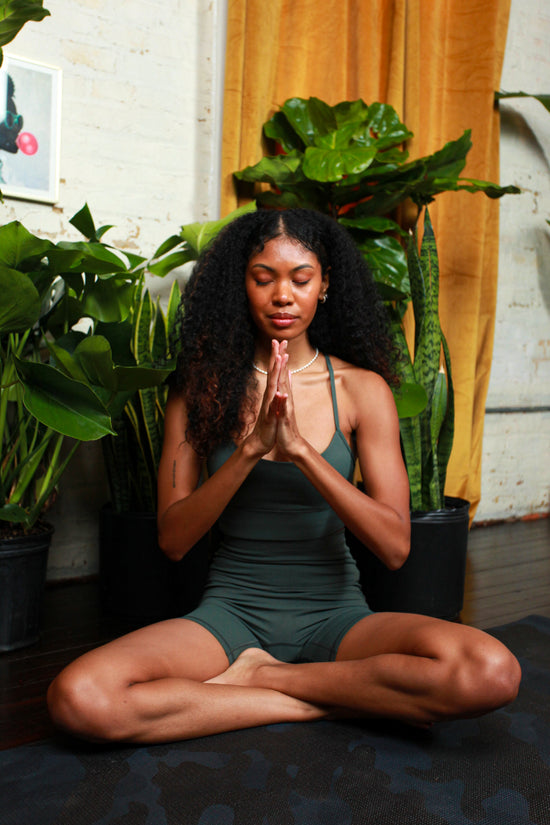When it comes to plants, watering is one of the top worries. When to water, how much water to use, and also the types of water are common questions. Getting it right is important because too much water means no oxygen at the roots and root rot. Too little water means the roots dry out and the plant withers. All of these factors are taken into consideration when it comes to caring for your plants and watering. We'll answer all of your watering question here.
How Much To Water
The volume of water you use to water your plants is simply based on the type of drainage your pot has. Pots with a drainage hole should be watered enough for the water to drain out and into the saucer. For plants that are extra thirsty, let the water run through a second time or allow it to soak in the saucer for about 10 minutes.
If your pot does not have a drainage hole, it's best to water conservatively to prevent waterlogging the roots. You can also consider adding about an inch of pebbles to the base of the pot. This allows excess water to escape without sitting at the roots.
Grounded Watering Tip: Help your plant grow by watering every inch of soil, rather than focusing your watering at the plant's base. Roots grow towards moisture. Watering slowly and fully around the soil will encourage healthy development below the surface.
How Often To Water
It’s important to water by how the soil feels, not just by the length of time. Our rule of thumb is to stick your fingers two inches into the soil to test the moisture level. A Moisture Meter is also a great tool that reads the soil moisture within seconds. The frequency of your watering schedule will be based on five different factors.
1. The Type of Plant
Different plants depending on their origin and species have different watering needs. Cacti and succulents require infrequent waterings whereas tropical and subtropical plants need water more often.
2. Light Exposure
Bright light dries soil faster than lower light. Expect to water more frequently when your plants are closer to a window!
3. Size of the Plant
When plants are in larger pots, the volume of soil allows more water to be absorbed and takes longer to dry out. For example, a plant in a 4-inch pot would be expected to dry out faster than a plant in an 8-inch pot.
4. Air Flow + Environment
Rooms with poor air circulation and cooler temps are more likely to dry the soil of your plants at a slower pace. Poor air flow around your plants can also cause fungus growth and attract fungus gnats to damp soil.
5. Pot + Soil Drainage
There are two components for proper drainage: the planter and the soil. Low quality soil and soil that is packed into the pot too tightly will prevent water from draining from the bottom. On the other hand, soil that is loose and airy may not retain enough moisture and will allow water to drain very quickly. Planters with a drainage hole offer better drainage than planters without one.
Preferred Water Types
Some types of water are proven to yield more beneficial results than others and we are here to shed light on their differences.
Rainwater
Rainwater is the #1 preferred choice of plants to grow fast and healthy. Rainwater is 100% soft water free of salts and treatment chemicals. It is full of natural minerals that are necessary for plant growth and will make your plants grow bigger and healthier than any other type of water.
Springwater
Using bottled spring water for your indoor plants will make a big difference for them. Bottled spring waters may contain natural minerals that are needed by plants, depending on the water source. They do not contain added chemicals or contaminants, including chlorine and fluoride.
Distilled Water
Distilled water is a type of purified water that has had both contaminants and minerals removed. While distilled water won’t actually harm your plants, because minerals are removed,. You will notice that your plants won’t grow as quickly or as tall as plants watered with rainwater or bottled spring water.
Tap Water
Tap Water is the least preferred type of water for your houseplant and we advise you to only use tap water contingent upon the region you’re located in around the US. Some tap water contains calcium and magnesium which can build up on the soil surface causing a white powdery film. These concentrated salts can cause dehydration of the root structures.





